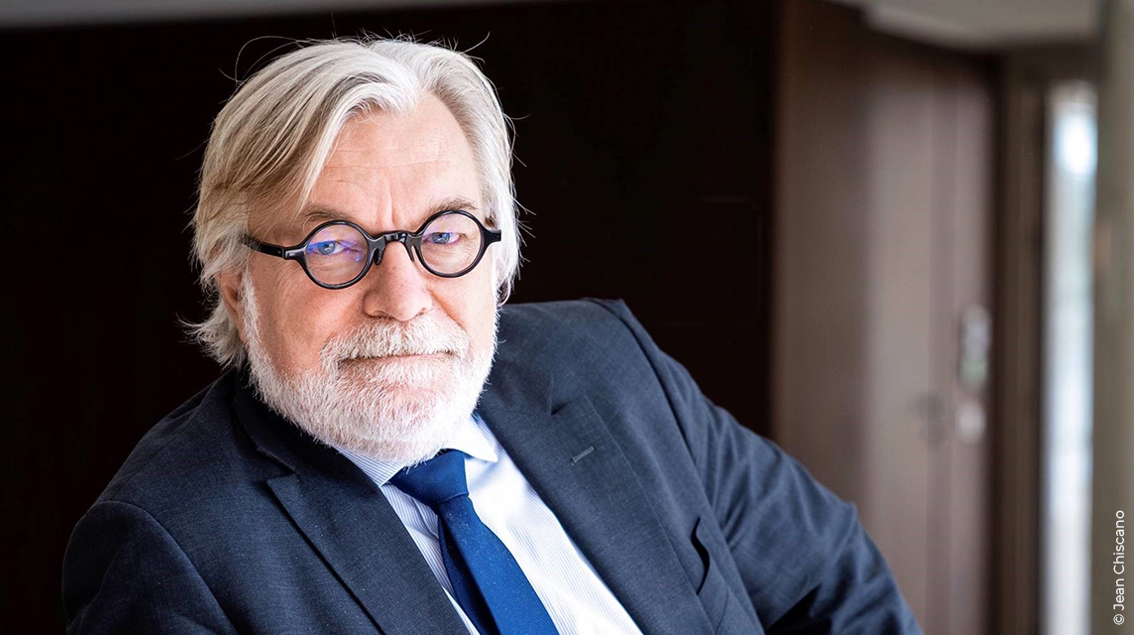Since the beginning of 2025, the economic landscape has changed. This change of direction primarily reflects the economic policy pursued by the White House in two dimensions:
1- the accentuation of isolationism with the announcements on customs duties.
2- the change in method of the global model which favors bilateralism and direct negotiation with the United States.
The previous cooperative model is no longer the benchmark for understanding current dynamics. This economic policy choice, still under discussion, could lead to reprisals, additional inflation in the US, and a slowdown in global activity.
Added to this framework is the White House’s fiscal policy, which will exacerbate inequality and increase the US public debt. On this last point, the CBO’s conservative estimate is $2.4 trillion over 10 years. Taking into account all the dimensions of the bill, it would be closer to $5.7 trillion.
Yet long-term interest rates are not moving and US stock markets are at their highest.
This paradox can only be resolved if we observe that the most uncertain times, particularly at the beginning of April with the announcements on the level of customs duties, coincided with strong market volatility.
Why isn’t the risk premium higher?
Three elements mainly
1- China’s retaliation, and the exaggerated tariffs applied to Chinese products (145%) forced the White House to give in. Given the United States’ dependence on Chinese products (batteries, computers, etc.), US companies were severely penalized in their development by the policy implemented. Hence the normalization of May 12 with a customs duty still very high but at 30%.
2- The break desired by Washington could have resulted in a loss of confidence in US assets if this strategy had been pursued. This did not happen because a higher risk premium would have resulted in much higher long-term interest rates.
3- The tariff announcements in early July are expected to be modest compared to the predicted revolution. There will be higher tariffs than before, but less severe than anticipated after the November 5 election.
The American president cannot do as he pleases without penalizing the American economy in the long run. There will never be a return to the world as it was before, but the existing framework has not been completely flouted. And it is ultimately this new balance of power between the rest of the world and Trump that prevents the markets from breaking up.
However, there is a point of departure. The dollar is rapidly and sharply deteriorating (-10% since the beginning of the year). This is the countermeasure that signals that everything we are seeing could change direction if Trump persists with tariffs.


